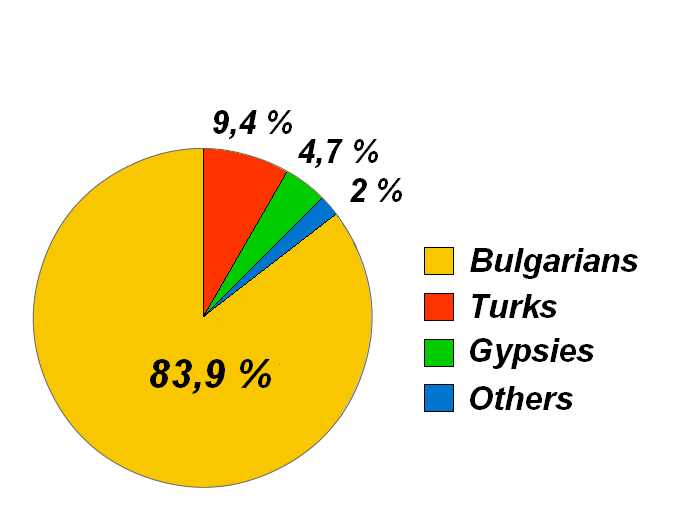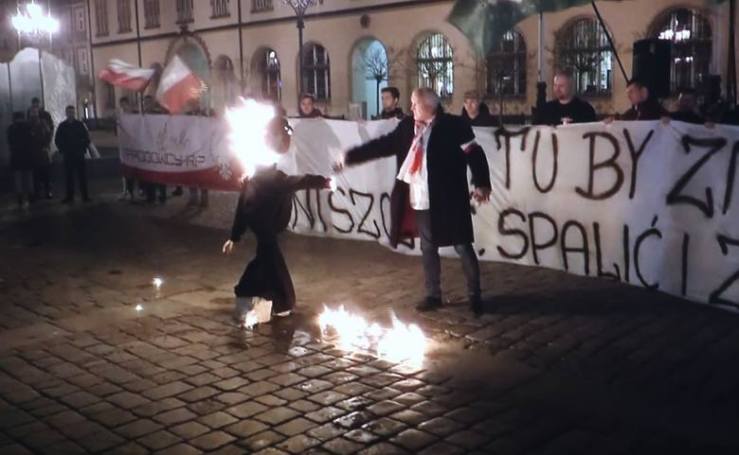I have spent the last two decades studying the rise and implementation of the idea of ethnolinguistic nationalism across Central Europe, or the home region of the majority of the world’s Jews for over a millennium until the Holocaust. The gradual establishment of Serbia, Greece, Montenegro, Italy, Romania, Germany and Bulgaria as ethnolinguistic nation-states during the 19th century was followed after World War I by the enshrining of the ethnolinguistic nation-state as the sole legitimate model of statehood in Central Europe. It meant the destruction of the polyglot, multiethnic and polyconfessional empires: Austria-Hungary and the Ottoman Empire, and also the detaching of similarly multiethnic borderland areas from Germany and the Russian Empire (soon overhauled into the Soviet Union in 1922). In their place the brand-new ethnolinguistic nation-states were founded, namely Finland, Estonia, Latvia, Lithuania, Poland, Czechoslovakia, Hungary, Yugoslavia and Albania, together with only briefly independent Belarus and Ukraine that were soon annexed by Bolshevik Russia.
Ethnolinguistic nationalism defines all the speakers of a language as a ‘proper’ nation. In turn, the territory compactly inhabited by the speakers of this language should be made into such an ethnolinguistically defined nation’s nation-state. The language now dubbed as ‘national’ is elevated to the rank of the nation-state’s sole official language. Ideally, no other languages should be allowed in official use and education, and the national language should not be shared with any other state or nation. These onerous conditions of ‘proper’ ethnolinguistic national statehood were successfully implemented across interwar Central Europe, much to the exclusion of speakers of languages other than the national one, but especially to the exclusion of Jews, even if they happened to speak a given national language. Interwar anti-Semitism, hand in hand with ethnolinguistic nationalism, additionally precluded assimilation of Jews, due to their ‘foreign’ religion, which – in line with the ‘science of race’ (Rassenkunde) and its application in the form of ‘racial hygiene’ (Rassenhygiene) – was construed as the biologized marker of the ‘Jewish race,’ and as such the ‘undeniable proof’ of their ‘irreducible Semitic racial foreignness.’

Continue reading “Does Israel Intend to Follow Central Europe’s Sad Example?” →
 Continue reading “Bulgaria: Between [a], [u], or Maybe [ı]?”
Continue reading “Bulgaria: Between [a], [u], or Maybe [ı]?” 






![Samuel Linde. 1807. Słownik Języka Polskiego [Dictionary of the Polish Language] (Vol 1)](https://upload.wikimedia.org/wikipedia/commons/thumb/6/6a/PL_Linde-Slownik_Jezyka_Polskiego_T.1_Cz.1_A-F_001.jpg/250px-PL_Linde-Slownik_Jezyka_Polskiego_T.1_Cz.1_A-F_001.jpg)
